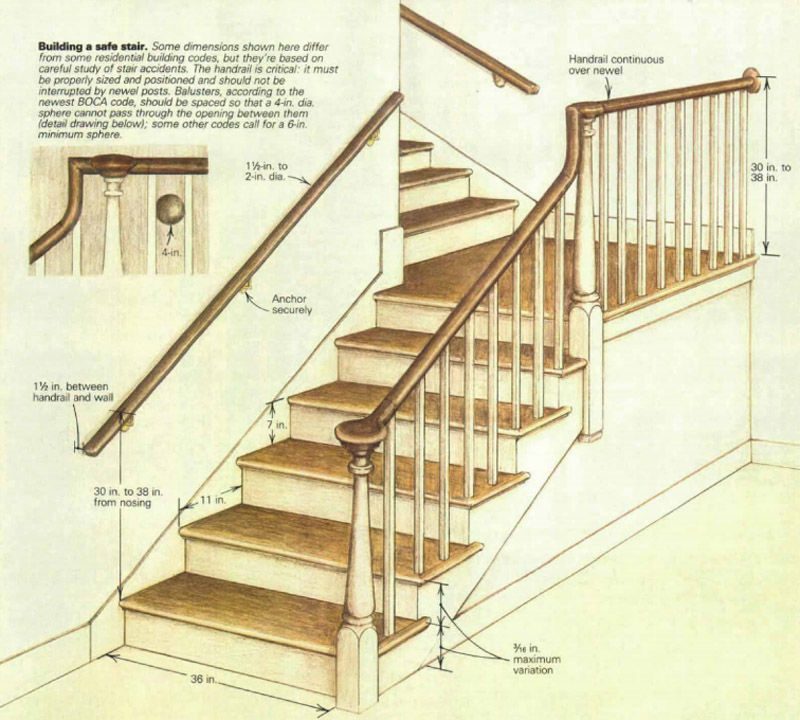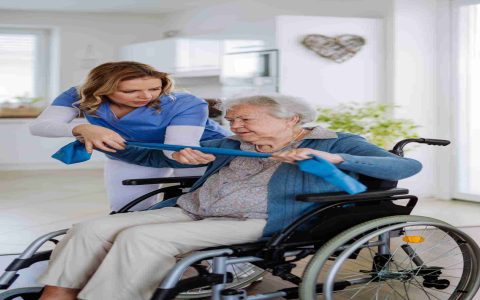The safety of stairs in older buildings is not absolute but conditional. While many historic structures were built to last, aging materials, outdated codes, and deferred maintenance can introduce significant hazards. Staircases are critical egress paths; their failure can have severe consequences. Proactive safety measures are essential.
Essential Safety Tip 1: Prioritize Structural Integrity Assessments
Old staircases often suffer from hidden deterioration. Engage qualified professionals to conduct thorough inspections focusing on:
- Stringer & Support Condition: Check wooden stringers for rot, insect damage, or cracking. Inspect metal supports for corrosion or fatigue.
- Tread & Riser Stability: Assess for loose, cracked, or heavily worn treads and risers, especially at the nosing.
- Connection Points: Verify the secure attachment of stairs to landings, walls, and supporting structures.
Address any discovered structural weaknesses immediately through proper reinforcement or replacement using appropriate, code-compliant methods.

Essential Safety Tip 2: Implement Aggressive Slip & Trip Hazard Mitigation
Worn surfaces and design inconsistencies make slips and trips common in old stairs. Key interventions include:
- Non-Slip Surfaces: Apply high-traction abrasive strips to treads, particularly on the leading edge (nosing). Consider slip-resistant paint or coatings where appropriate.
- Uniformity & Visibility: Ensure consistent riser heights and tread depths throughout the flight. Improve visibility with adequate, glare-free lighting on both the treads and landings.
- Clear Passage: Maintain absolute clarity. Eliminate loose carpets, mats, boxes, or any debris obstructing the stair path or landings.
Essential Safety Tip 3: Upgrade Handrails & Guardrails to Modern Standards
Original railings in old buildings frequently fall short of current safety requirements. Focus on these critical upgrades:
- Continuous Graspable Handrails: Install sturdy handrails on both sides, running the entire length of the staircase without interruption. They must be easily graspable (correct diameter and shape) and securely anchored.
- Adequate Guardrail Height & Baluster Spacing: Ensure guardrails are sufficiently tall (typically 42 inches minimum from nosing) to prevent falls. Check that balusters or infill are spaced to prevent a 4-inch sphere from passing through.
- Secure & Rigid Construction: All railings must withstand significant lateral force without wobbling or detachment.
The safety of stairs in older buildings demands continuous vigilance and investment. Regular professional inspections, prompt mitigation of structural risks, elimination of slip/trip hazards, and upgrading railings to robust, modern standards are non-negotiable practices for preserving occupant safety and reducing liability.






